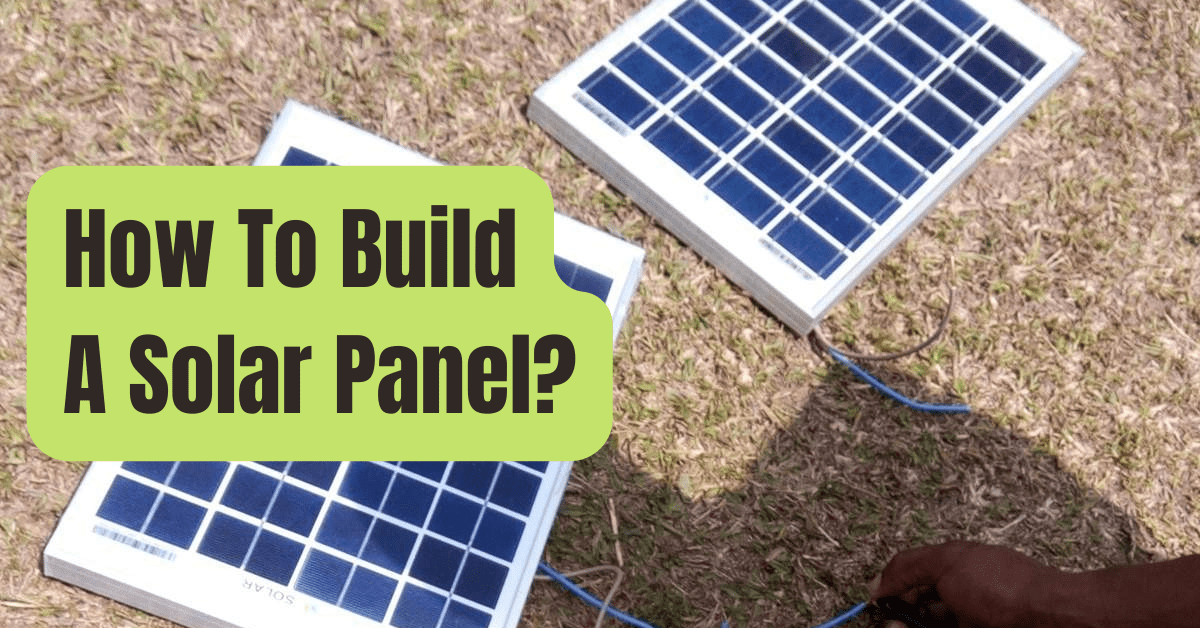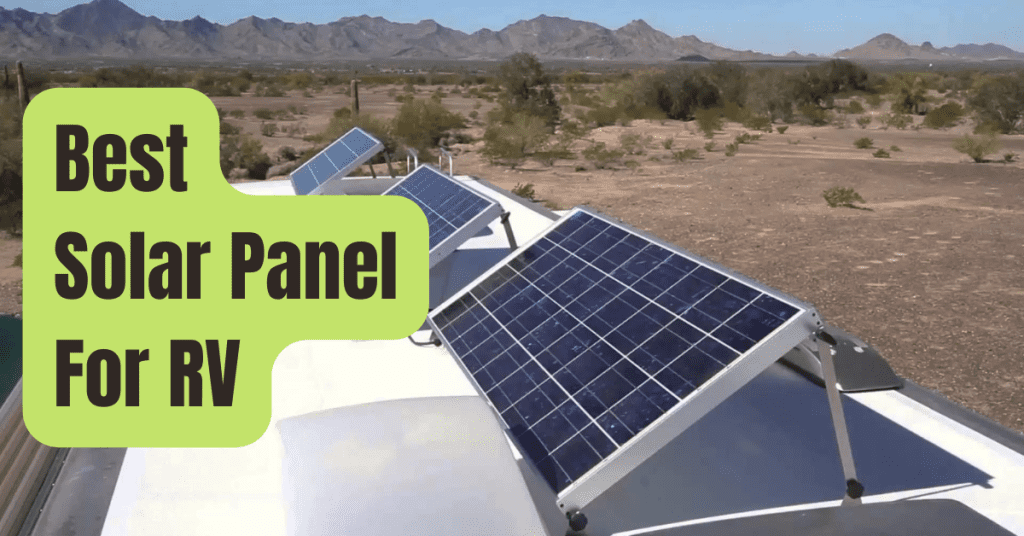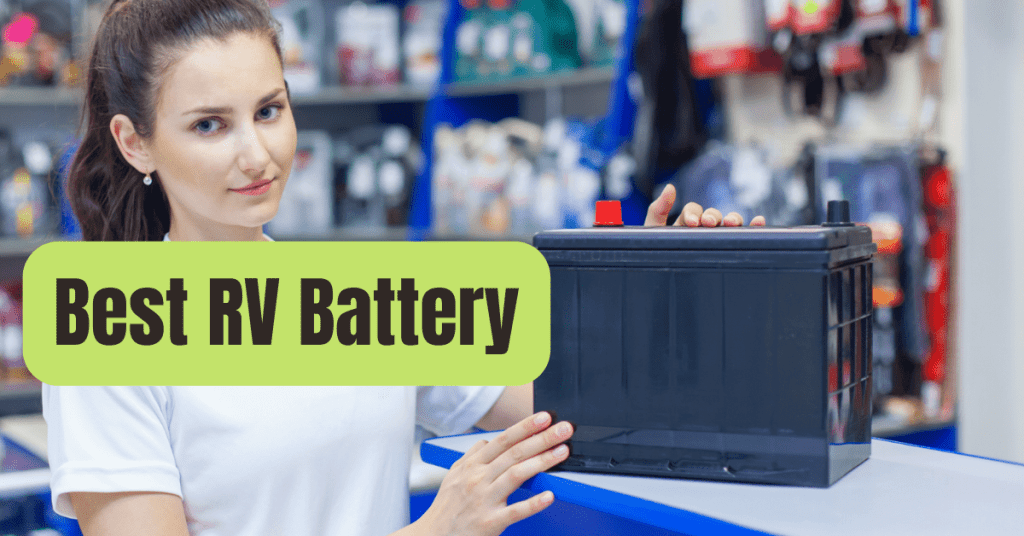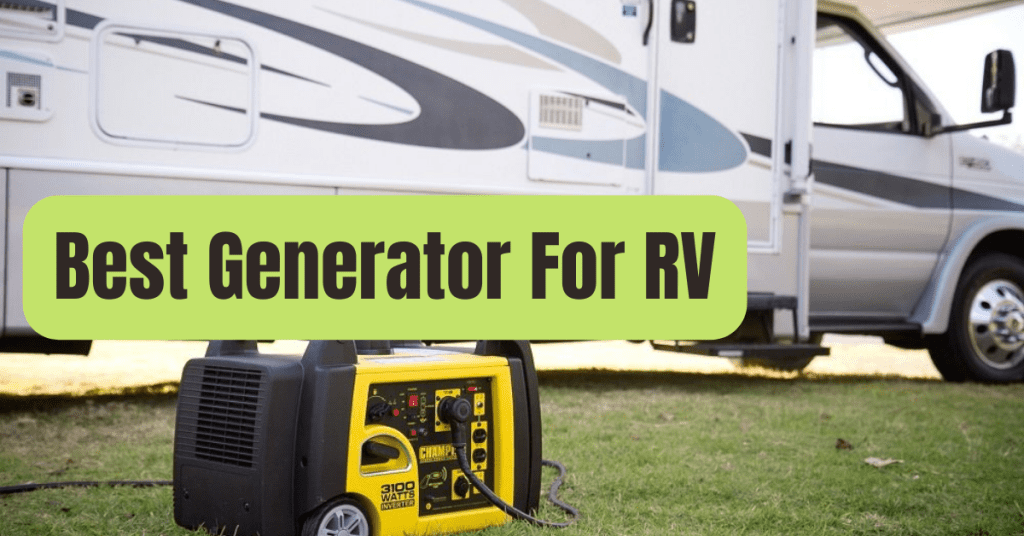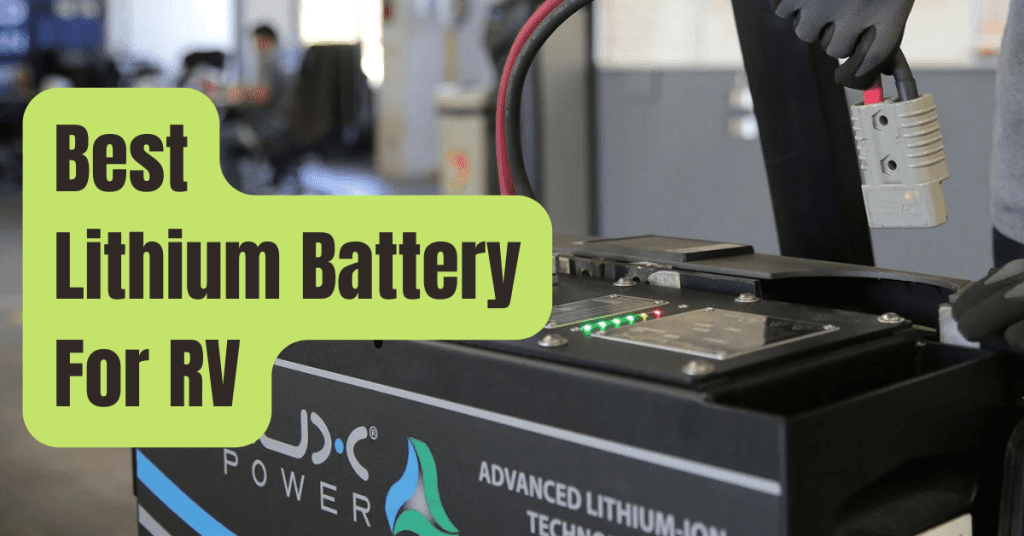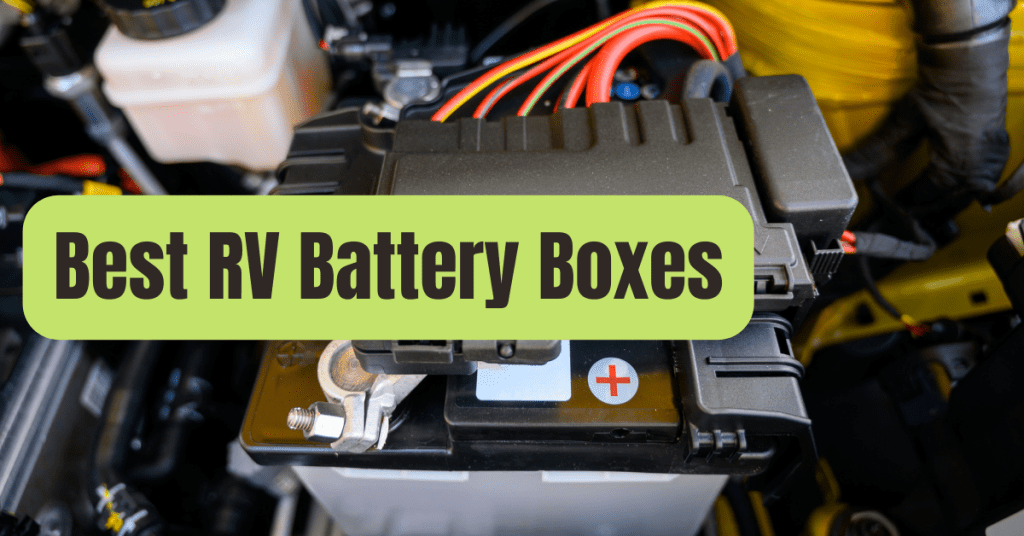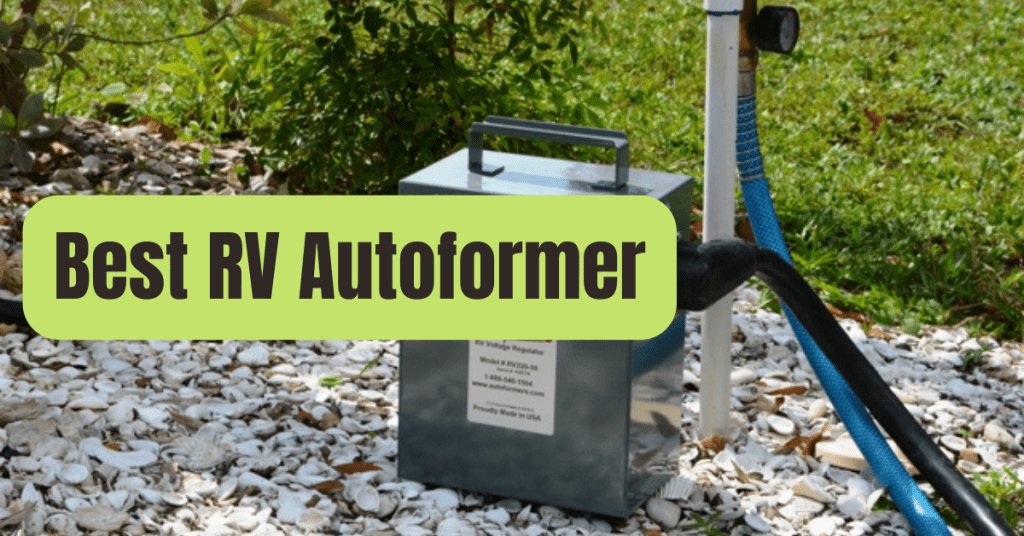You may even construct your own solar panels, which are a terrific alternative for producing green energy.
It is a significant task to build your own solar system, but for many DIYers or anybody interested in engineering, it can be a satisfying project.
It will take a lot of planning and study to build a full system from scratch, including finding the suitable materials and obtaining the necessary local permits.
If you wish to construct a panel for a little project, such as backup power for an RV, it makes the most sense to do so.
For usage on your house, we do not advise creating your own solar panel system since too many mistakes might result in dangerous panels.
We’ll go over everything you need to know, weigh the benefits and drawbacks of installing DIY solar panels, and explain why hiring a specialist could be a wiser choice.
Can You Create Your Own Solar Panels?
Yes, you may construct your own solar system from scratch, including the solar panels.
But doing so carries some risk since poor construction might result in breakage and system failure.
Soldering solar cells into strings, linking these strings, and connecting those threads to a junction box are the steps used to create solar panels.
The pieces need to be sealed after being put together in order for the solar panel’s active components to be watertight.
After that, a clear waterproof sealant is applied to the front to provide protection.
After that, silicone is used to seal the panel’s edges so that moisture cannot enter.
Making a single solar panel is not technically challenging; the primary challenge is soldering solar cells and wires together.
Finding high-quality materials to construct the panels is the main challenge.
The majority of the time, supplies are acquired haphazardly from several vendors, making it difficult to monitor quality.
Building solar panels using subpar tools might result in broken panels or a fire risk due to poor construction.
Instead of creating them for a complete home, we advise building them on a smaller scale for things like connecting power to your shed.
Low power needs will result in smaller projects, which make DIY installation manageable and less prone to malfunction.
Building and installing a system big enough to power your house might be perilous for someone with little to no familiarity with solar technology.
How Can I Construct A Solar Power System?
You may adhere to the detailed procedure listed below.
It’s crucial to bear in mind that the solar cells supplied on websites are often seconds that didn’t make it through quality check before sourcing your equipment.
It’s not ideal if they are chipped, discolored, or otherwise damaged.
How to construct a solar power system
Step 1: Plan your system’s layout and size.
Step 2: Invest in solar panel parts
Step 3: Get racks and inverters.
Step 4: Set up the racks
Step 5: Connect solar panels to racking
Step 6: Install solar inverter
#1. Based On Your Energy Requirements, Design Your System And Choose Its Size.
You need to know how much energy you intend to consume on average each month and how much sun exposure you can expect throughout the year in order to calculate how many solar panels you will require.
Once you are aware of it, you may choose the brand and type of solar panel that is most appropriate for you.
There would be less panels required if you are making panels for a small project or appliance.
Simply calculate the kWh the appliance will consume, and then work backwards to estimate how many panels to construct.
#2. Buy The Parts That Go Into A Solar Panel.
You will require:
- Solar panels
- Wiring with pre-soldering
- Non-conductive substance (wood, glass, or plastic)
- Plexiglass
Solar Panels
Solar panels include roughly 36 solar cells, which are what turn the sun’s energy into electricity.

Wiring With Pre-Soldering
The method may be sped up by purchasing pre-soldered tab wire, but a soldering iron is still required to solder the wiring to the solar cells’ backs and string the wire appropriately to link the solar cells.

A Non-Conductive Surface, Such As Glass, Wood, Or Plastic, To Mount The Cells On
Wood often serves as the ideal base material for homemade solar panels since drilling holes for the wiring is simple.
After connecting all of the wires and soldering each solar cell together, you may glue the solar cells to the wooden backing.
A charge controller, which controls the voltage of the energy, is connected to these wires after wiring.
Additionally, a box made of wood may be constructed to house solar cells and be covered with plexiglass to prevent moisture damage.

Using Plexiglass, Cover The Solar Panel
You must cover your solar cells with plexiglass to protect them from heat, debris, and moisture once they have been connected and fastened to the wood backing.
#3. Invest In More Solar Gear, Such As Racking And Inverters.
You may buy a solar panel kit that will come with more detailed instructions (and often racking to assist secure your panels) if you don’t trust yourself to assemble solar panels from scratch.
Considering that solar kits already come with racking, buying one could be more advantageous.
Racking is challenging; you must choose the right equipment for your particular roof or ground mount.
When you visit the websites of wholesale distributors, the selection of clamping and mounting tools is almost absurdly large.
#4. Construct The Solar Panel Racking.
The location of your panels will determine the kind of racking you should acquire.
For instance, will they be installed on your RV or the ground? The kind of racking you need to purchase will depend on this.
After selecting your racking, you must plan where to drill the holes to attach it to your structure.
#5. Attach The Solar Cells To The Racking Apparatus.
You will need clamps, or connectors, that are built for the racking you choose to attach solar panels to the racking apparatus.
A excellent approach to ensure they are made for each other is to get them from the same distributor and together.
Although racking is often included in solar panel packages, if you purchase everything individually, make sure you do the necessary research to construct a complete solar power system.
#6. Install A Suitable Solar Inverter.
Because a solar inverter must be connected to the electrical grid, installing one requires technical knowledge.
We advise hiring a professional installation for this task since they will do it legally, safely, and properly.
Are You Capable Of Constructing Your Own Solar Panels?
Solar panels are quite easy to construct, but they must be made with high accuracy if they are to last for an extended length of time.
Solar panels must be able to keep their integrity despite adverse weather, repeated exposure to heat, and direct sunshine.
The main issue with DIY solar panels is safety.
They could get ruined by moisture, and poorly constructed solar panels might catch fire from the heat of the sun.
It usually requires the expertise of a knowledgeable electrician or engineer to master soldering and electrical wiring.
It needs study, a willingness to learn from errors, and practice in soldering and electrical wiring procedures to build a system.
Therefore, if you are an experienced engineer or electrician, this could be a little bit simpler to grasp, but it certainly isn’t something you can do yourself in a weekend.
How Can You Use A Kit To Construct Your Own Solar Panel System?
Even while it is feasible to construct solar panels from scratch and then retrofit a full solar system, most people choose to construct their solar systems from pre-made components before installing them.
The key benefit of purchasing a bundled solar kit like one from Grape Solar over purchasing each component individually is that the kit’s components are guaranteed to function together.
If you purchase each item separately, however, that is not always the case.
For instance, some inverters and solar panels can only function together under specified electrical conditions.
A solar panel kit is a better alternative and will be less costly and complex unless you’re set on building a system from the ground up.

What Benefits And Drawbacks Can Home Solar Systems And Panels Offer?
The majority of do-it-yourself projects have advantages and disadvantages, but having correctly manufactured panels is crucial since solar systems provide power to your house.
It’s the difference between spending a few thousand dollars on solar panels that you know will be secure and saving a few thousand.
As you can see, the disadvantages much exceed the advantages.
Building your own solar system: Pros and Cons
| Pros | Cons |
| Plans and guidelines are offered. | May start flames |
| May be an excellent teaching opportunity | Materials could be of low quality or used. |
| Electrical codes are routinely broken by homemade systems. | |
| Not eligible for tax credits or rebates | |
| Warranty claims will be rejected |
Pros
- Plans and instructions may be found easily and for little to no cost online.
It is certainly feasible to follow the instructions for creating a panel, but it is a significant undertaking. - For tiny off-grid projects, making your own solar panels might be a terrific learning opportunity. This may be a fascinating project for you if you have an engineering mentality and are interested in how solar panels function.
Cons
- On bright, sunny days, improperly designed homemade solar panels might catch fire because of the extreme heat accumulation.
- If you opt to purchase used goods from marketplaces like eBay, you’re probably buying manufacturing rejects, damaged, or second-hand solar cells. Purchasing any of those components will undoubtedly result in system failure.
- Electrical rules are often broken by homemade systems, which may cause problems getting permits. Relying on a solar firm to manage electrical regulations is simpler.
- The federal tax credit and other incentives that lower the price of household solar systems do not apply to homemade panels.
- Model warranties are often only protected if installed by a professional, invalidating any guarantees on components.
- Your financial savings could not last very long. You will be responsible for paying the fee if your panels malfunction. Not to add that DIY panels won’t survive as long as ones produced by experts.
How Much Do Solar Panel Kits Or Constructing Your Own Solar Panel System Cost?
However, if you engage with a professional, they will cover the fees of installation and permits.
Because it comes with a system with a 25-year lifetime, the somewhat higher price is justified.
When it comes to creating solar panels from scratch, the price of solar cells, cabling, inverters, permits, etc.
Varies and might end up being cheaper than hiring a specialist.
However, these panels may not function, and you won’t have access to manufacturer support or warranties in the event that your system breaks down or you have concerns.
What Additional Advantages Can Expert Installations Offer?
The price of installing a solar system might seem frightening, but there are several financing alternatives, including solar loans, as well as incentives for homeowners that can significantly lower the cost.
Despite the high expense of installing a solar system, installers have years of practical expertise, which no amount of reading or learning can match.
The federal tax credit was extended at the end of 2020, making it possible for you to get a 26 percent tax credit on your solar system until 2023.
To restate, if you constructed and installed the panels yourself, you would not be qualified for this incentive.
Although DIY solar systems and panels are feasible, they are better reserved for small-scale applications or scientific projects.
Professional installations might provide you peace of mind, even if they don’t give you the gratification of finishing a job.
Key Conclusions
Since creating solar panels from scratch requires focus and accuracy, small-scale projects are best suited.
Solar panel kits provide with everything you need, making the job simpler.
You won’t get financial incentives from manufacturers, warranties, or assistance if you construct your own solar system.
Working with experienced installers ensures safe, dependable, and 25-year guaranteed panels.

